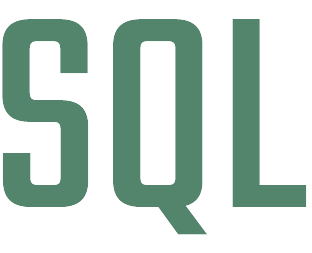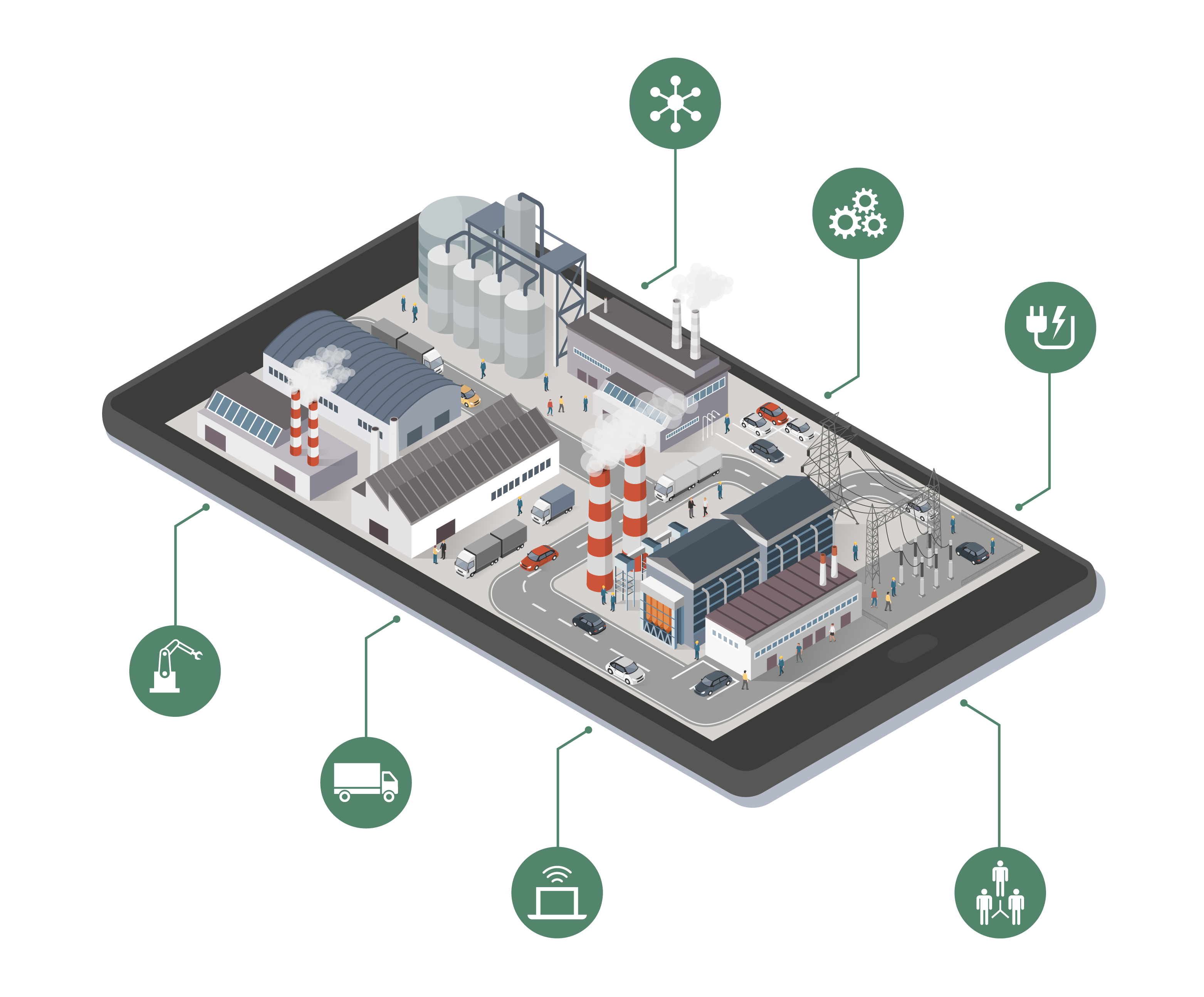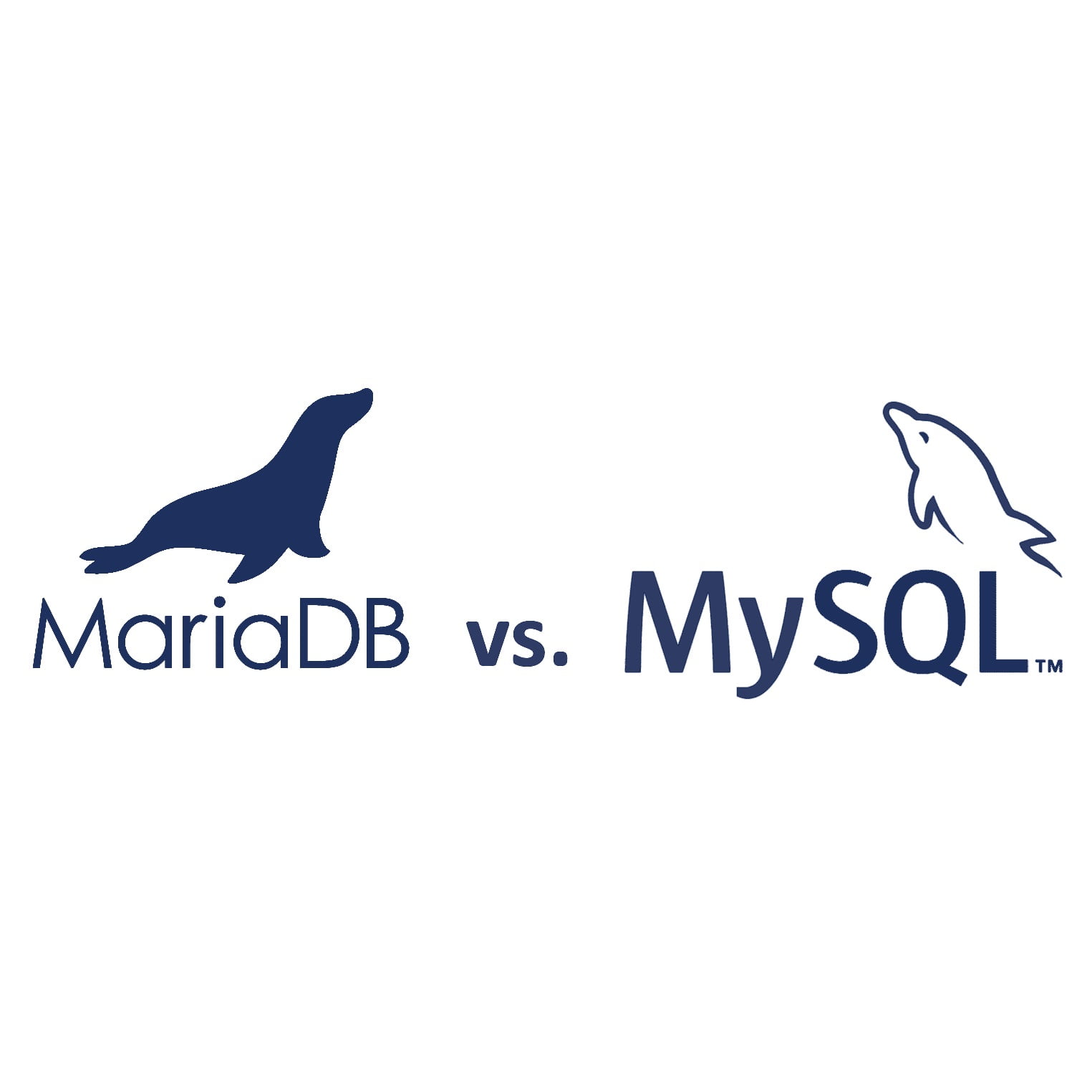SQL: Basics, history, commands and applications
SQL is essential for modern database management. This article explains the basics of SQL, its history, basic commands, database models, queries and functions as well as the importance of data integrity and security. Advanced techniques and practical application examples are also presented. Finally, a practical example is shown.

Table of contents
SQL: Basics, history, commands and applications
SQL is essential for modern database management. This article explains the basics of SQL, its history, basic commands, database models, queries and functions as well as the importance of data integrity and security. Advanced techniques and practical application examples are also presented. Finally, a practical example is shown.

Table of contents
1. Basics of SQL
SQL, or Structured Query Language, is a standardized language developed specifically for managing and editing data in relational databases. SQL allows users to create databases, store, retrieve, update and delete data. This language is easy to learn and offers a variety of commands to perform both simple and complex database operations. With SQL, data can be stored in a structured tabular form and queried efficiently, making it an indispensable tool in the world of data management.
2. History and development
The history of SQL goes back to the 1970s, when IBM developed the R system, which was based on Edgar F. Codd’s relational model. Originally the language was called SEQUEL (Structured English Query Language), but the name was later changed to SQL. In 1986, SQL was recognized as a standard by the American National Standards Institute (ANSI) and in 1987 by the International Organization for Standardization (ISO). Since then, SQL has continued to evolve and is now the de facto standard for relational databases. SQL is supported by almost all modern database management systems (DBMS), including MySQL, PostgreSQL, Oracle and Microsoft SQL Server.
3. Basic SQL commands
SQL commands can be divided into four main categories:
- DDL (Data Definition Language): These commands are used to define and change the structure of the database. Examples are
CREATE: Creating databases and tables.ALTER: Change the structure of existing tables.DROP: Deleting databases and tables.
- DML (Data Manipulation Language): These commands are used to manipulate the data within the database. Examples are:
SELECT: Retrieve data from one or more tables.INSERT: Insert new data records into a table.UPDATE: Updating existing data records in a table.DELETE: Delete data records from a table.
- DCL (Data Control Language): These commands control access to the database. Examples are:
GRANT: Granting access rights.REVOKE: Withdrawal of access rights.
- TCL (Transaction Control Language): These commands manage transactions in the database. Examples are:
COMMIT: Confirm a transaction.ROLLBACK: Undoing a transaction.SAVEPOINT: Set an intermediate point within a transaction.
4. SQL database models
SQL databases are based on the relational model, which organizes data in tables. Each table consists of rows (data records) and columns (fields). Relationships between the tables are defined by keys (primary and foreign keys). The relational model enables efficient data organization and retrieval by minimizing redundant data and ensuring consistency.
There are several types of keys in a relational database model:
- Primary Key: A unique identifier for each row in a table.
- Foreign Key: A field in a table that references the primary key of another table to establish a relationship between the tables.
5. SQL queries and functions
SQL queries use the SELECT command to retrieve data from one or more tables. Conditions can be added with the WHERE clause to filter specific records. Other useful SQL commands and functions include:
- ORDER BY: Sorting the query results.
- GROUP BY: Group results based on one or more fields.
- HAVING: Applying conditions to grouped data records.
- JOIN: Joining data from multiple tables based on common fields. Types of joins are:
INNER JOIN: Returns data records for which there is a match in both tables.LEFT JOIN(oderLEFT OUTER JOIN): Returns all data records from the left table and the matching data records from the right table.RIGHT JOIN(oderRIGHT OUTER JOIN): Returns all data records from the right-hand table and the matching data records from the left-hand table.FULL JOIN(oderFULL OUTER JOIN): Returns all data records if there is a match in one of the tables.
- Aggregatfunktionen: Calculations on a group of values, e.g.:
COUNT(): Counts the number of lines.SUM(): Calculates the sum of the values.AVG(): Calculates the sum of the values.MAX(): Finds the maximum value.MIN(): Finds the minimum value.
What question do you have about SQL?
6. SQL data integrity and security
Data integrity and security are essential aspects of any database. SQL supports this with restrictions such as
- NOT NULL: Prevents a column from containing NULL values.
- UNIQUE: Ensures that all values in a column are unique.
- PRIMARY KEY: Combination of NOT NULL and UNIQUE to uniquely identify each row.
- FOREIGN KEY: Establishes relationships between tables and enforces referential integrity.
Security functions such as user rights and roles (managed by GRANT and REVOKE) protect the data from unauthorized access and manipulation. These mechanisms ensure that only authorized users can access or change certain data.
7. Advanced SQL techniques
Advanced SQL techniques provide additional functionality to meet more complex database requirements. These include:
- Stored procedures: Predefined SQL code blocks that can be executed repeatedly. They improve the efficiency and reusability of the code.
- Triggers: Automatically triggered actions that are executed when certain events occur (e.g. inserting, updating or deleting data). They help to maintain data integrity and enforce business rules.
- Views: Virtual tables that represent the result of an SQL query. Views simplify complex queries and provide an additional layer of security by restricting access to certain data.
8. Application examples
SQL is used in many areas: In web applications, it is used to manage user accounts and session information as well as to store articles and media content. E-commerce platforms use SQL to track orders and product information and to manage customer data. Business intelligence systems use SQL to analyze data and create reports, making it easier to support business decisions. Scientific databases use SQL to efficiently store and analyze research data. In financial systems, SQL is used to manage transactions and account information and to create financial reports.
How to implement your digitalization strategy with SQL – we’ll be happy to advise you!
9. SQL tools and resources
There are many SQL tools and resources that make working with SQL easier. Popular database management systems (DBMS) include:
- MySQL: Widely used open source DBMS.
- PostgreSQL: High-performance open source DBMS with many advanced features.
- Oracle Database: Commercial DBMS with extensive features and support.
- Microsoft SQL Server: Widely used DBMS with good integration into Microsoft products.
Development environments and tools such as phpMyAdmin, DBeaver and SQLAlchemy support the creation and administration of SQL databases. These tools offer graphical user interfaces that simplify database administration and queries.
10. The future of SQL
Despite the increasing popularity of NoSQL databases, SQL remains an important part of data management. The future of SQL lies in:
- Integrating with Big Data technologies: connecting SQL with Hadoop and Spark to process large amounts of data.
- Improving performance and scalability: Optimizing queries and database architectures to keep pace with growing data volumes.
- Support for cloud-based database solutions: Migrating databases to the cloud for greater flexibility and cost efficiency.
SQL will continue to play a central role in the area of data analysis and management and adapt to new technological developments.
Database connection in practice
The use of databases has become indispensable in production and Industry 4.0. They offer numerous advantages, such as the management of large amounts of data and the simultaneous support of multiple users.
In practice, there are many possible applications. For example, machine data can be easily transferred to databases using suitable software such as the OPC Router. Such software solutions also make it possible to initiate several processes simultaneously from one database. This allows ERP systems or web services to access the database and provide important data for production, logistics or other departments in the company. This information can be uploaded to cloud services at the same time to enable worldwide access.
More information
Find out what middleware is and how it can help your company. In our “What is middleware?” article, you will learn all about how it works, its advantages and areas of application in practice.
MariaDB or MySQL are just two of many possible database types. Both databases are very popular in practice, which means that users often weigh up which database might be more suitable for their use case. This raises the question: Is MariaDB actually the better MySQL for many people? We will show you which database solution is the right one for your company.
Read how the use of inray’s OPC Router at bicycle manufacturer corratec creates reliability and avoids downtime. The OPC Router creates more transparent data transfers from the ERP system to the control level.
You can find more interesting articles on the topics of Industry 4.0, cloud, technology, alerting and practical application examples as well as case studies in our knowledge base.



